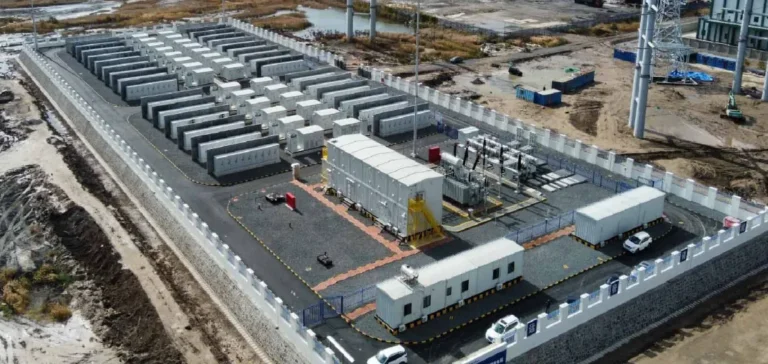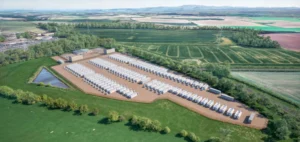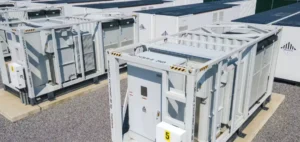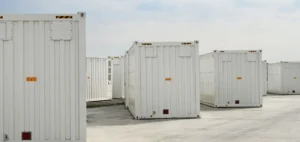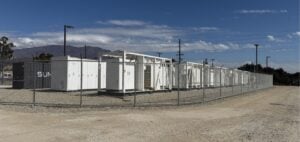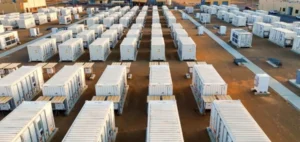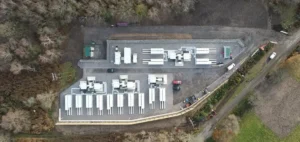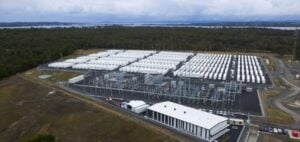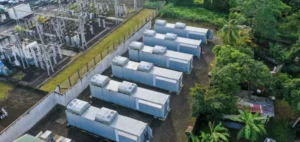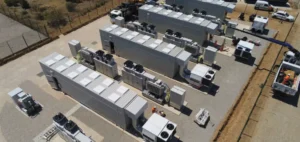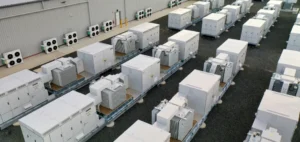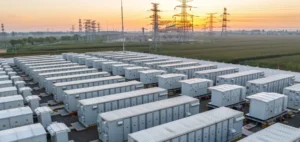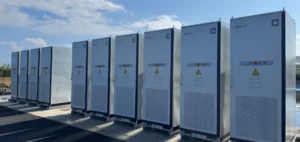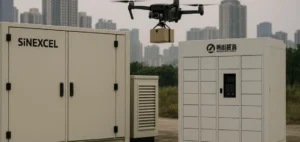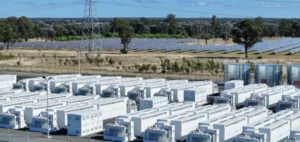The successful connection of a 500 MW energy storage station near Kashgar, in southern Xinjiang, marks a major milestone for the region’s energy sector. This site becomes the largest independent storage facility in the area, offering new opportunities for the management of renewable generation and grid security.
Support for photovoltaic development
The Kashgar region benefits from annual sunshine exceeding 2,800 hours, favouring the growth of the photovoltaic sector. The total installed photovoltaic capacity has now surpassed 10,248.6 MW, representing nearly 76% of the total electrical power connected in the prefecture. Kashgar’s photovoltaic base, the first in Xinjiang to exceed the 10,000 MW threshold, holds a strategic position in the new energy structure of the province’s south. This capacity notably supports peak demand in the central and eastern provinces during high production periods.
The project represents an investment of around CNY1.6bn ($220mn) and covers 119,000 square metres. It relies on a lithium iron phosphate battery system, brings together one hundred storage units and a 220 kV collection station, and connects to the 750 kV Kashgar substation via a 220 kV line.
Technological choices for grid stability
The station uses a hybrid storage configuration, combining “grid-forming” and “grid-following” technologies in equal parts. This approach aims to enhance grid stability, reduce fluctuations in photovoltaic production and strengthen the reliability of power supply. The integration of these technologies allows for better management of the intermittency characteristic of renewable energy in the region.
State Grid Kashgar Power Supply Company coordinated all preparatory work, accelerated infrastructure development, and secured the connection of the 500 MW site. The commissioning increases the efficiency of renewable electricity use and optimises peak consumption management, particularly during critical evening periods.
Towards new industrial and energy uses
In the future, the grid operator intends to continue developing an energy ecosystem built around the “source-grid-load-storage” model, while encouraging technical innovation in storage. The strategy aims to expand the applications of energy storage to other sectors and to strengthen synergies with the region’s main industries.
The emergence of large-scale storage capacity in southern Xinjiang is accelerating the territory’s industrial transformation and drawing the attention of operators to the importance of grid stability to support production diversification.


